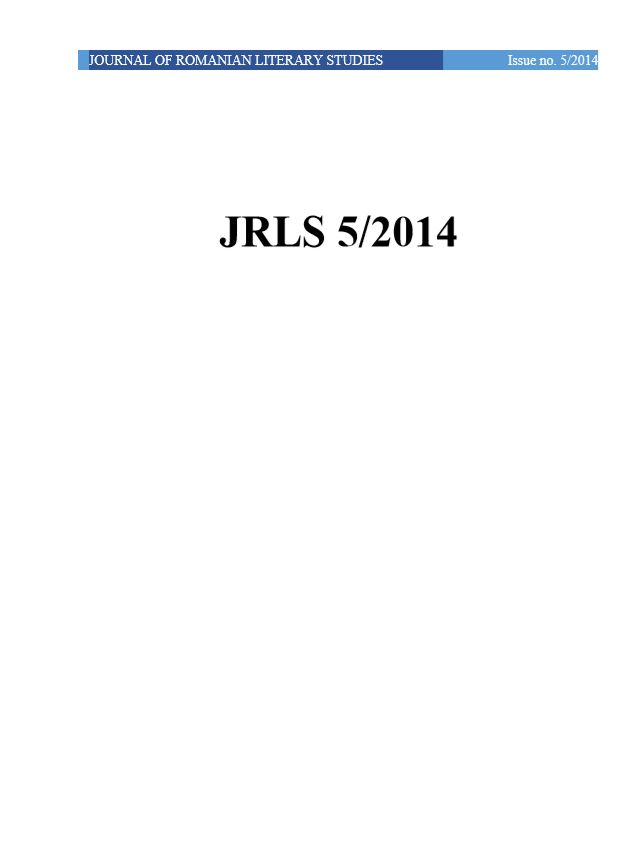GADJO DILO- GIPSY DON QUIJOTE
GADJO DILO- GIPSY DON QUIJOTE
Author(s): Albina Puskás-BajkóSubject(s): Language and Literature Studies, Literary Texts
Published by: Editura Arhipelag XXI
Keywords: Travelogue; quest; Romani people; Tony Gatlif; tradition; myth
Summary/Abstract: Tony Gatlif is of Roma descendance, being in the same time the most popular Roma filmmaker in history. He is the only one the majority of people are pretty familiar with, or if not with his name, with his masterpieces, undoubtedly yes. From these the most well-known film is Gadjo Dilo (1997), which is of course far from being a true representation of Romanian Roma life, but is a problematic dialogue on what authenticity in presenting a nation can be. This problematic and problematizing dialogue is disguised in a travelogue- a genre which has a vaste tradition in literature and film also.Of the many defining characteristics of Balkan cinematic aesthetics, Dina Iordanova identifies one that is outstandingly obvious, the feature of the travelogue or quest narrative. The travelogue is typical of the Balkans as a specific construction of this space as one existent in the Western European imaginary. Basically, this is what happens in a Balkan travelogue: a traveler, commonly a western European will visit an exotic location, in our case the Balkans (in Heart of Darkness it was the Congo, in The White Mary, it was Papua New Guinea), in order to discover. It could be the discovery of other cultures and national customs, language, wisdom, clothing, religion, however, it tends to be something missing from the main character’s life. This lack of the unnamable will drive him/her through dangers hard to imagine. The protagonist hopes to be able to explore a reality that is much more genuine, closer to „the real thing” than in his culture, which usually, in these stories, has lost its primordial connection with nature and the natural life. From this point of view, we could consider the travelogue a quest narrative, a quest for authenticity and truth.Based on the intersection of the real and the unreal; having its focus mainly on normality but only to underline the supernatural; a typical (literary or filmed) story of quest will be a perfect fusion between realism and magic to make the reader or viewer ask themselves questions rather than provide the right answers. Stories of quest have a long tradition in literature, and they are almost always tales based on a voyage, a road of trials in which a hero hears a call and leaves their home- alone or in the company of others- to search for the treasure. Along this voyage they undergo several trials, receive help from unexpected sources, fight enemies and they may even be killed during all these trials- physically or emotionally. On many occasions, they die only to be born again, ending in fact the lifestyle they led up to that moment. No matter if the protagonist finds the treasure or dies in search of it, the emphasis is on their change; they always change who or what they had been beforehand.
Journal: Journal of Romanian Literary Studies
- Issue Year: 2014
- Issue No: 05
- Page Range: 378-386
- Page Count: 9
- Language: English

